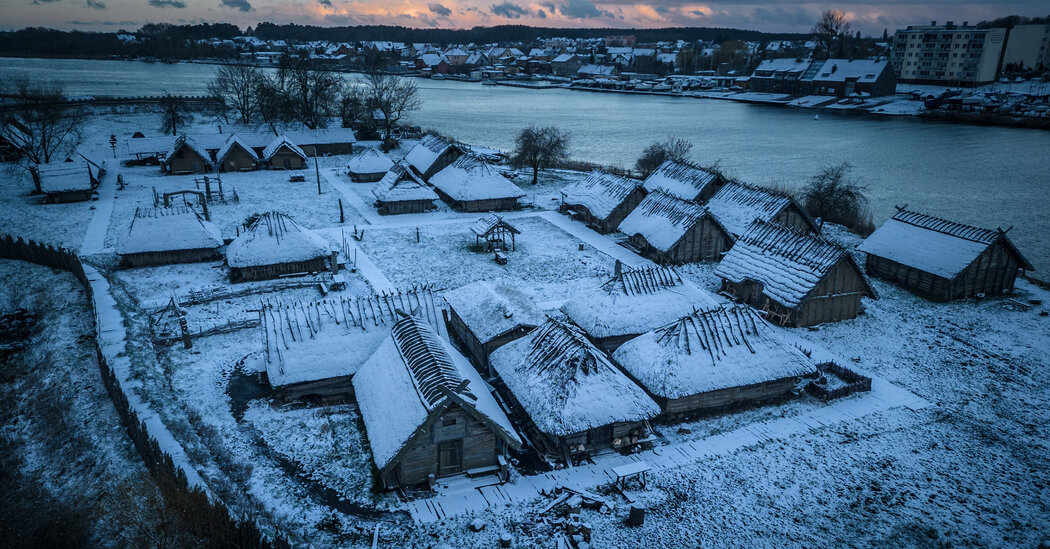After the local government decided to build an observation tower atop a sandy hill on Wolin, an island in the Baltic Sea, a Polish archaeologist was called in to check the site before construction and look for buried artifacts from the spot’s macabre past.
Hangmen’s Hill, a public park, had in earlier times been an execution ground, a cemetery and, some believe, a place for human sacrifices — so who knew what grisly discoveries were in store?
But what the archaeologist, Wojciech Filipowiak, found when he started digging caused more excitement than distaste: charcoaled wood indicating the remains of a 10th-century stronghold that could help solve one of the great riddles of the Viking Age.
Was a fearsome fortress mentioned in ancient texts a literary fantasy or a historical reality?
It has long been known that Nordic warriors established outposts more than a millennium ago on Poland’s Baltic coast, enslaving indigenous Slavic peoples to supply a booming slave trade, as well trading in salt, amber and other commodities.
Not known, however, was the location of the Vikings’ biggest settlement in the area, a town and military stronghold that early 12th-century texts called Jomsborg and linked to a possibly mythical mercenary order known as Jomsvikings.
Some modern scholars believe that Jomsborg was never a real place, but instead a legend handed down and embroidered through the ages. The findings at Hangmen’s Hill on Wolin Island might alter that view.
“It is very exciting,” said Dr. Filipowiak, a scholar in Wolin with the archaeology and ethnology section of Poland’s Academy of Sciences. “It could solve a mystery going back more than 500 years: Where is Jomsborg?”
Interest in Vikings, once largely confined to a niche field of academic study, has surged in recent years as television series like “Game of Thrones,” movies, graphic novels and video games have embraced — and distorted — Norse themes, clothing and symbols. The Viking Age, or at least a rough approximation of it, has become a fixture of popular culture.
This has been good news for the tourism business in Wolin. “Vikings are sexy and attract a lot of interest,” said Ewa Grzybowska, the mayor of Wolin, which includes a town and a wider island district with same name.
But the mayor bemoaned that far fewer visitors come to her domain than to a nearby beach resort. She said more money was needed to carry out excavation work and develop Wolin as a world-class destination for…
Click Here to Read the Full Original Article at NYT > Travel…
